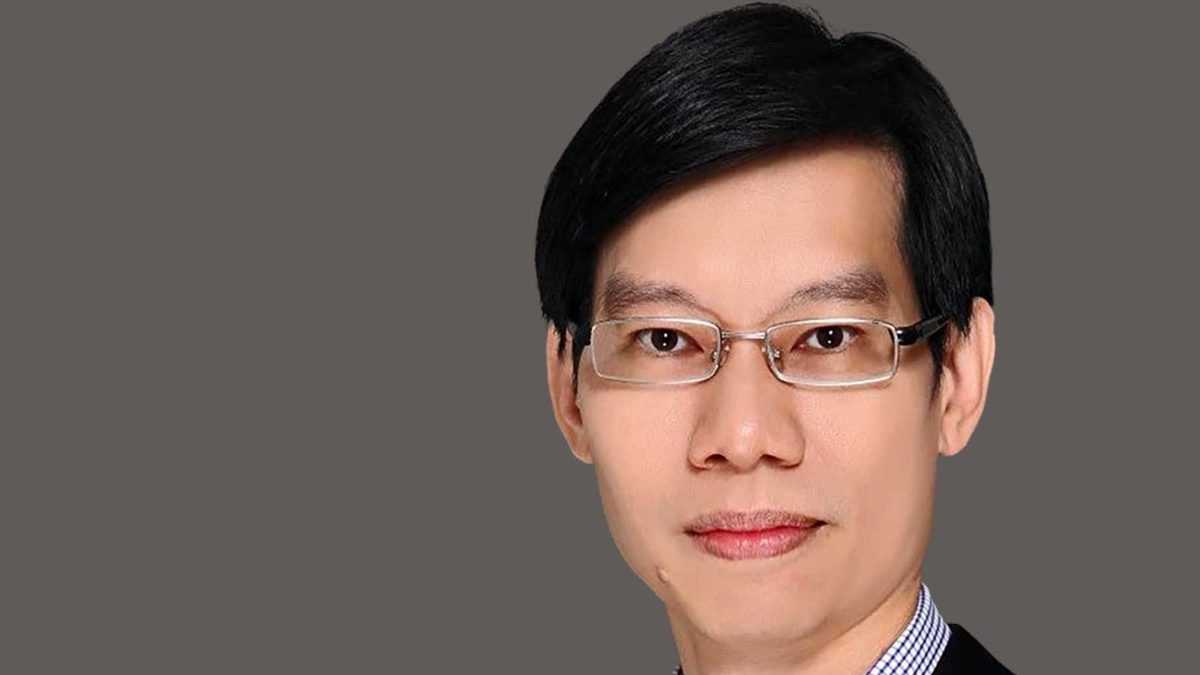Winners and losers in the new great game
China’s regulatory crackdown is just one piece of the puzzle when it comes to investing in Asia. The real game is geopolitics – and in that area, things are heating up.
“I think Asia will probably look better as we move into 2022. I think the remainder of 2021 is really about timing of entry; we’ve seen a lot of headwinds, some of them Covid related,” Christopher Leow, CEO & CIO for Principal Asset Management, told an investor webinar on Thursday (September 30). “I would broadly categorise many of the issues and regulations happening in China as pretty much self-inflicted.”
While the pace of vaccination has been bumpy for many Asian countries, most are expected to reach a high level of vaccination in their economic centres – even if they don’t more broadly – by 2022, paving the way for more meaningful reopening. Some Asian countries are outliers in the vaccination race; Malaysia’s vaccination rate is already above that of the US. Growth in both GDP and corporate earnings is also expected to sit around 10 per cent for Asia going in 2022, while developed markets in general are around the high single digits.
“The noise from Chinese regulations should also abate quite meaningfully in 2022,” Leow said. “(Chinese regulations) within industries have been extremely comprehensive, so I don’t think there’s a lot more that they plan to do; they need to see how the regulations they’ve already rolled out play out.”
Leow anticipates that geopolitical tensions between the US and China – not to mention the scarring experience of Covid-19 – will see Asian companies increase their capital expenditure to shorten supply chains by onshoring and nearshoring production capacity.
“People have been talking about the potential for building semiconductor factories in India, a large domestic market. And the likes of Samsung and Taiwan Semiconductor Manufacturing Company (TSMC) – the silicon giants – have come up with plans to build factories in the US.”
“Even within solar manufacturing, India is trying to build their own industry… Part of this is motivated by the fact that they perhaps don’t want to be overly reliant on some of the dominant manufacturers of these products and materials. I think there’s a decoupling, if you like, as national interests trump the interests of corporates. They want to be more self-reliant.”
That decoupling goes hand in hand with the geopolitical saber rattling that has characterised the relationship between the US and China for the last decade – most notably during the Trump-era trade war, which saw a rise in economic protectionism through the weaponization of tariffs and greater scrutiny applied to the theft of corporate intellectual property by Chinese companies.
“In terms of growth, it becomes quite apparent that, with the US and China, the free flow of capital and labour movement that we’ve seen over the last 20 years – we’re not sure if it’s reversing, but it’s certainly not at the same pace,” said Howe Chung Wan, Principal managing director and head of Asia fixed income.
“On the capital side of things, we’re seeing some issues around Chinese technology firms being able to list in the US – and on the flipside, the outward bound investment of China to the rest of the world, especially emerging countries in South America and Africa, won’t go at the same pace, as we know that China’s emphasis on One Belt One Road have kind of come off as they focus more domestically.”
The other consideration is inflation, and the problem of doing business in an increasingly belligerent neighbourhood. Covid-19’s origins within China – and its apparent reluctance to let them be investigated – have become a sore point in its diplomatic relations with other countries, and one that has been exploited for political advantage by some predominantly Western and Western-aligned governments, including our own.
“Among the countries that we think might lose out are those countries that have been seen taking sides; Australia, with some of these exports in barley and coal have been effected,” Wan said. “But on the flipside you see other countries increasing their exports to China, like India with coal. So there are winners and losers.”











